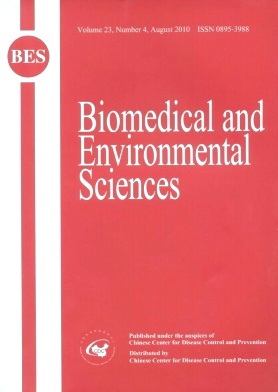An Association between Immunosenescence and CD4+CD25+ Regulatory T Cells: A Systematic Review
-
Key words:
- Aging /
- Immunosenescence /
- CD4+CD25+T cell /
- Treg /
- Case-control studies /
- Cohort studies /
- Cross-sectional studies
Abstract: Objective Age-related increment of the prevalence of CD4+CD25+ regulatory T (Treg) cells were described controversially, and whether such changes explain immune dysfunction in the elderly is still unclear. The aim of this systematic review is to evaluate the role of the Tregs in immunosenescence. Methods Medline and manual searches were performed to identify all published epidemiological and animal studies investigating the efficacy of the association between immunosenescence and Treg cells. Results It was founded that the frequency, phenotypic characteristics, and number/function of Tregs were altered significantly with aging. Medical conditions in individuals with advanced ageas well as apoptosis intensity of Treg cells had an impact on the accumulation of Tregs which in turn could deteriorate cytotoxic activity of CD8+ T and NK cells and production of IL-2. The range of immune cells that could be suppressed by Treg cells was quite wide and covered CD4+CD25+ T cells, NK cells, dendritic cells and even monocyrtes. These changes were observed both in humans and experimental animals. Besides, it was believed that frequency of Tregs increased with age and was accompanied by intensified suppressive activity for Tregs in patients, for example, with Alzheimer disease (AD) and Parkinson disease (PD).The impaired condition of CD4+ T cells, so-called immunosenescence, rendered transplant recipients less responsive to an allogeneic kidney graft, an effect that was limited to transplant recipients who were aged over 60 years. Conclusions Treg cells are associated with immunosenescence. All these changes contribute to the aging-related decline of immune responses and lead to the higher risk of immune-mediated diseases, cancer or infections in aged individuals.
| Citation: | LING WANG, YAN XIE, LI-JING ZHU, TING-TING CHANG, YAN-QING MAO, JIE LI. An Association between Immunosenescence and CD4+CD25+ Regulatory T Cells: A Systematic Review[J]. Biomedical and Environmental Sciences, 2010, 23(4): 327-332. |







 Quick Links
Quick Links
 DownLoad:
DownLoad: